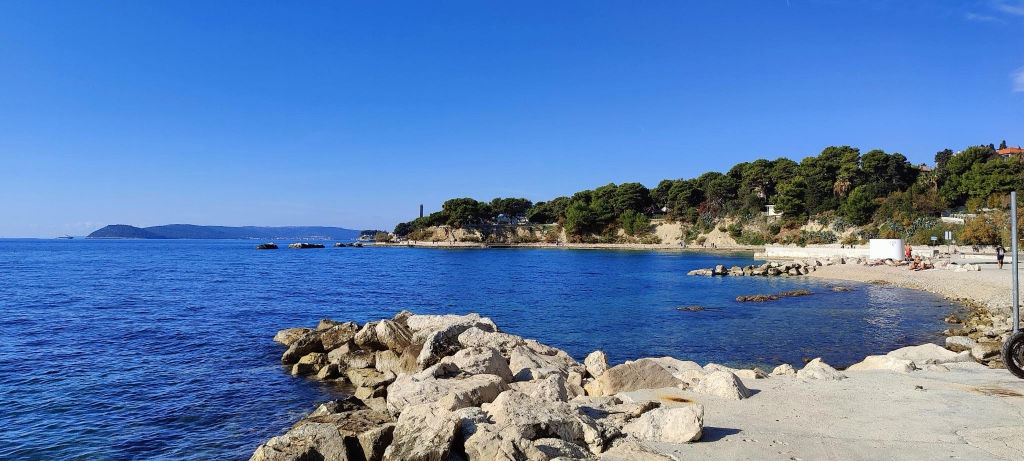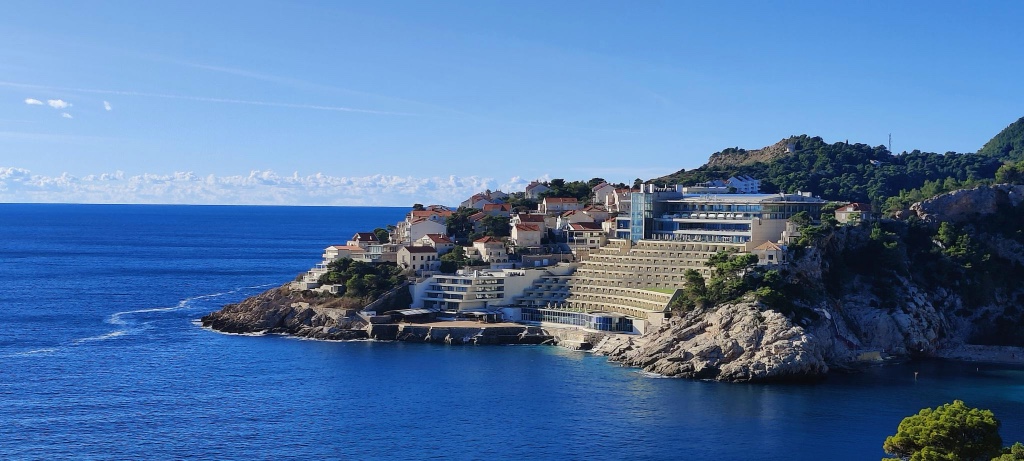
Dubrovnik, a stunning city located in the southern Dalmatia region of Croatia on the Adriatic Sea. The deep blue water and pristine rocky coastline make this Croatias number one tourist destination. Last year, 1.2 million visitors came to this extraordinary city. This equals 27 tourists per local during peak travel season, so note if you are traveling here during summer expect large crowds and waiting for everything. Dubrovnik was named a UNESCO World Heritage Site for its fortified Old Town and outstanding medieval architecture, but the beaches are also a big reason tourists love it here. Dubrovnik history dates back to the 7th century when Ragusa (now Dubrovnik) was founded by refugees from Epidaurum. Originally it was protected under the Byzantine Empire, and later the Republic of Venice. Between the 14th and 19th centuries, Dubrovnik ruled itself as a free state. It was (and is) a prosperous city, known for its maritime trade and being the cradle of Croatian art and literature.
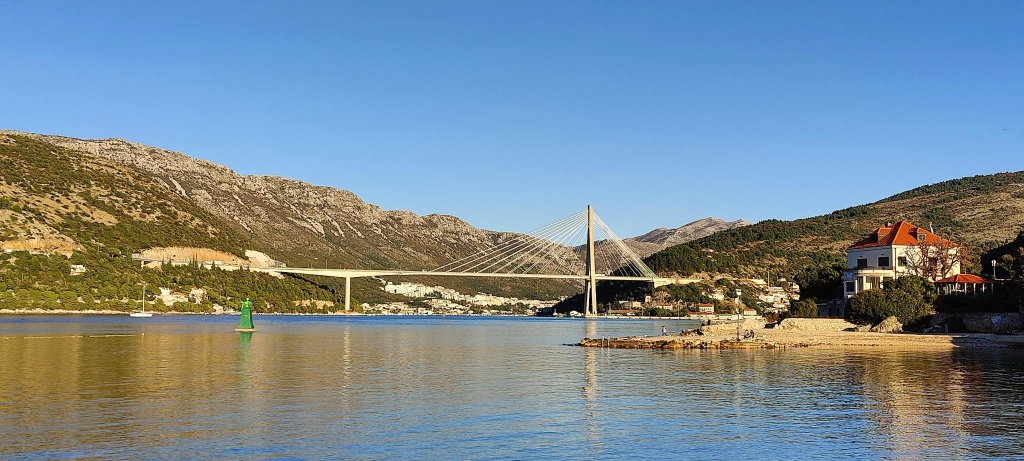
We took a FlixBus from Split which takes 3.45 hours (25€). It is a breathtaking ride through the mountains and along the coast. You would be able to fly from Split; there are direct flights that take 45 minutes for approximately $150 per traveller, though sometimes the longer and less expensive ride through the countryside is the way to go.
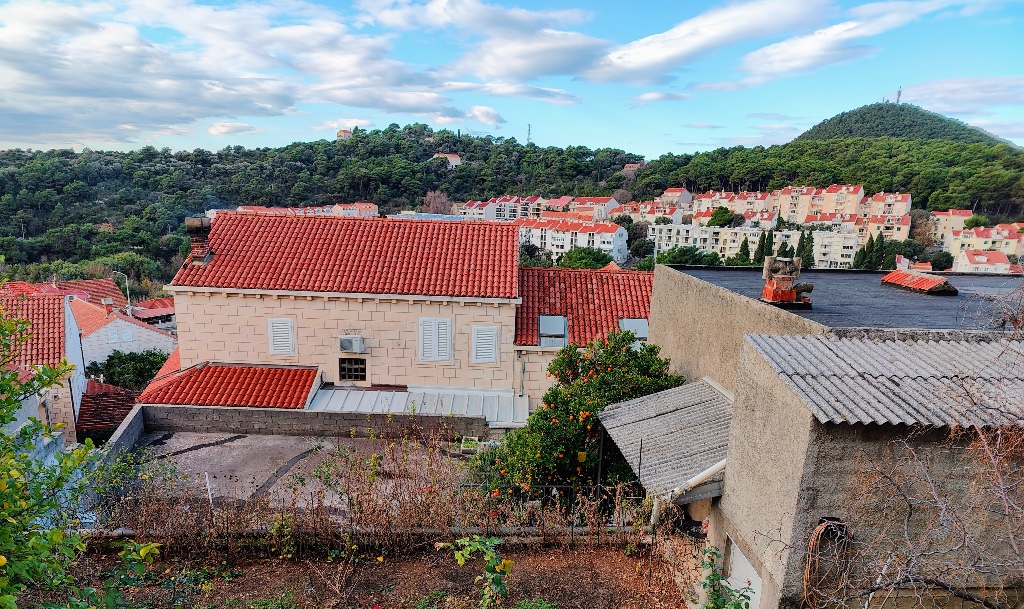
Our lovely apartment was up a steep hill followed by a ton of stairs. Our narrow street was reminiscent of our time in Lisbon, there are a lot of hills around the outskirts of town. The view was beautiful all times of day, we had both the sea and mountains to enjoy over our daily coffee.
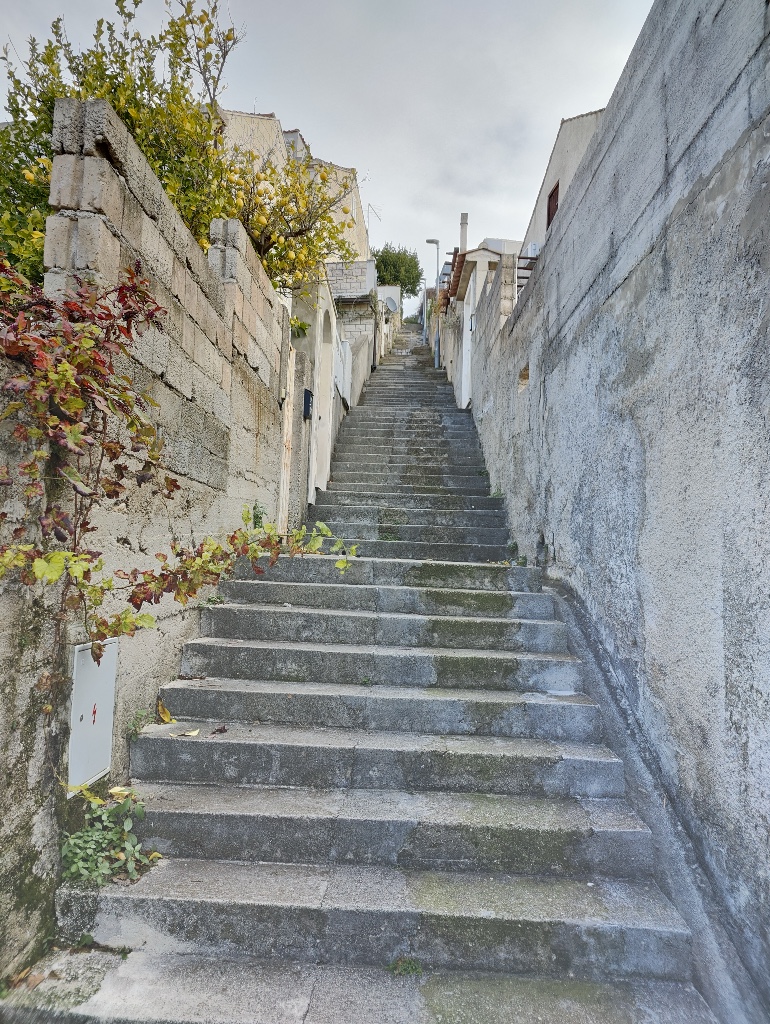
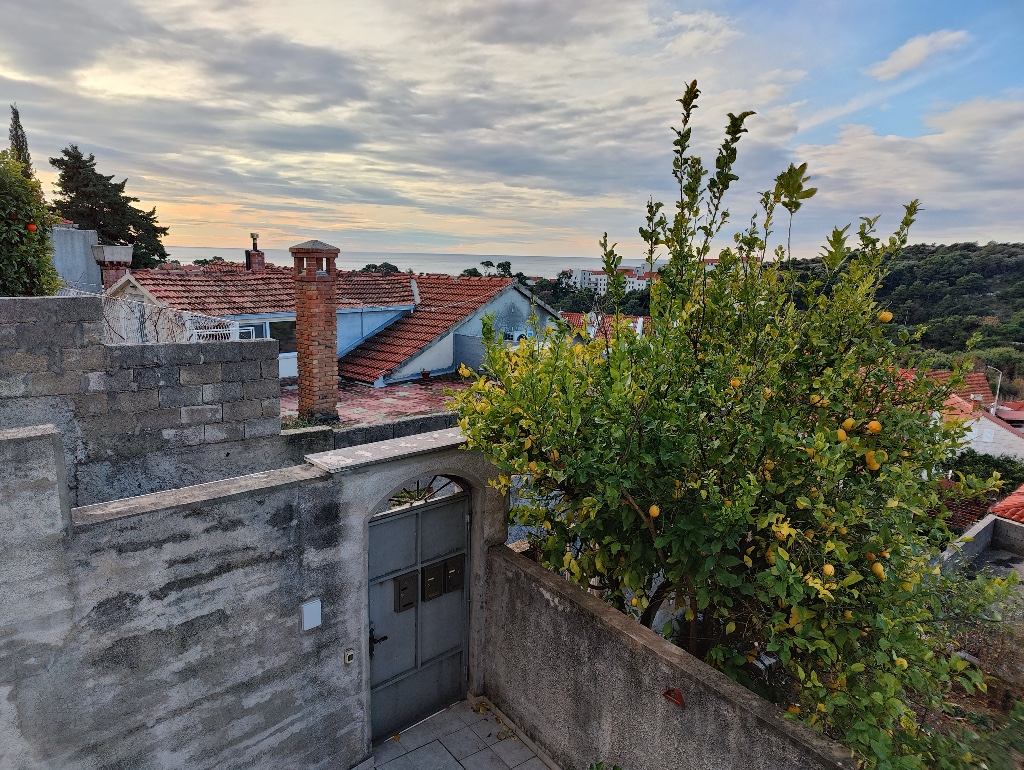
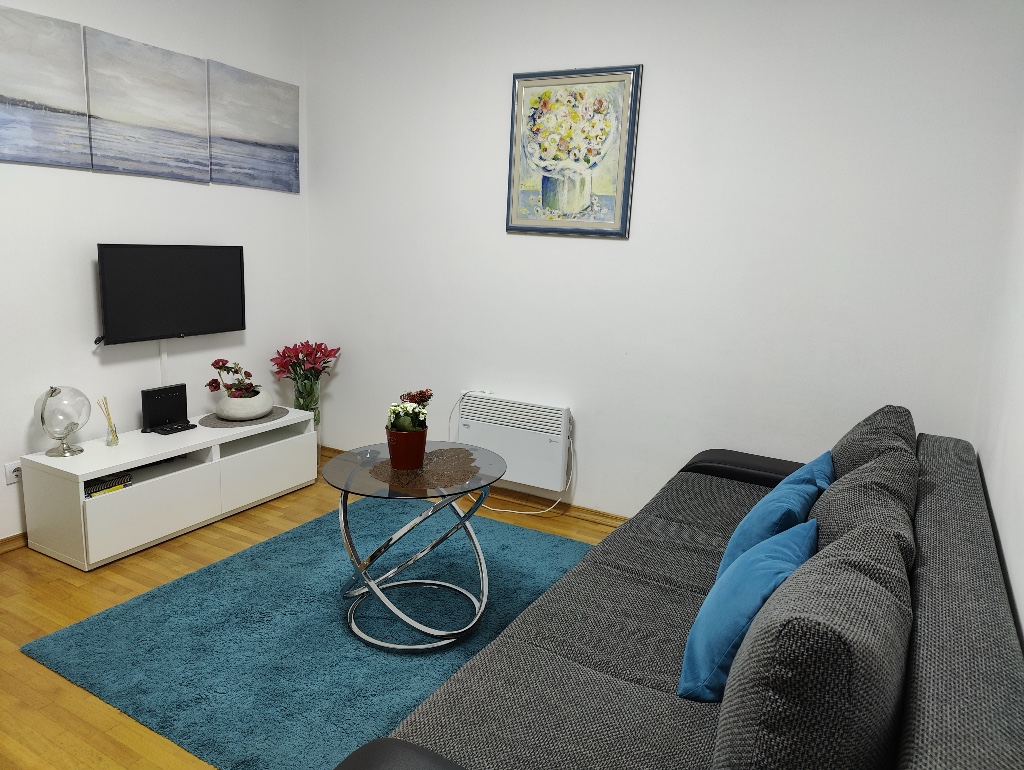
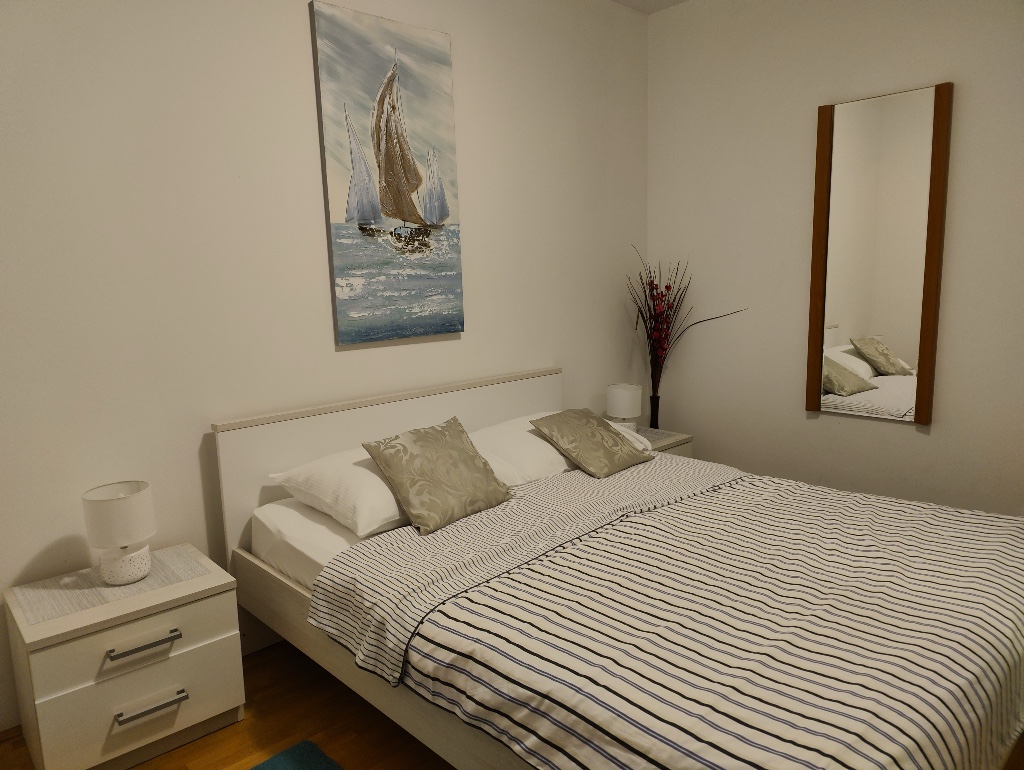
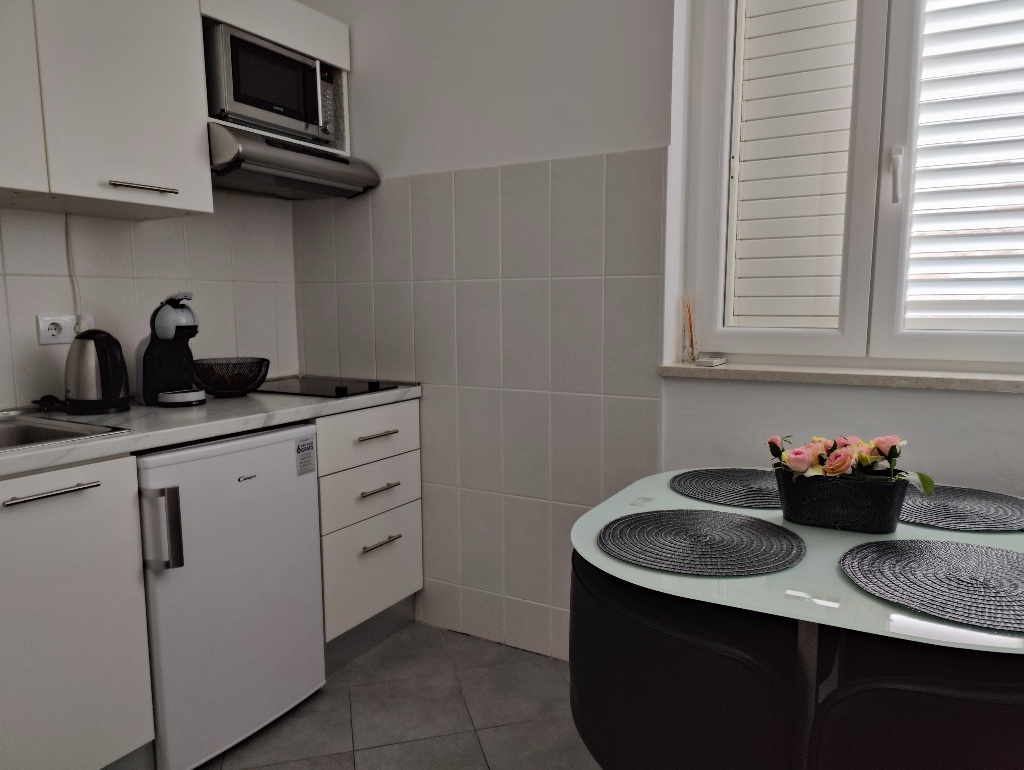
The Dubrovnik Bell Tower is located on Luza Square in Old Town. Originally it was constructed in 1444, but during the earthquake of 1667 it was severely damaged. As the tower started to lean in the passing centuries, it was demolished and completely rebuilt to its original design between 1928-29. Next door is Sponza Palace, a 16th century palace built in hybrid Gothic/Renaissance style. The palace, named after the latin word “spongia”, was named so for collecting rainwater into a cistern for the residents of the city. Originally it was a customs office, mint, armory, treasury and school. It is one of the only buildings during the earthquake that survived without damage. Sponza is now the Dubrovnik State Archive, which holds over 100,000 documents from as early as 1022. It is also sometimes used as a performance venue.
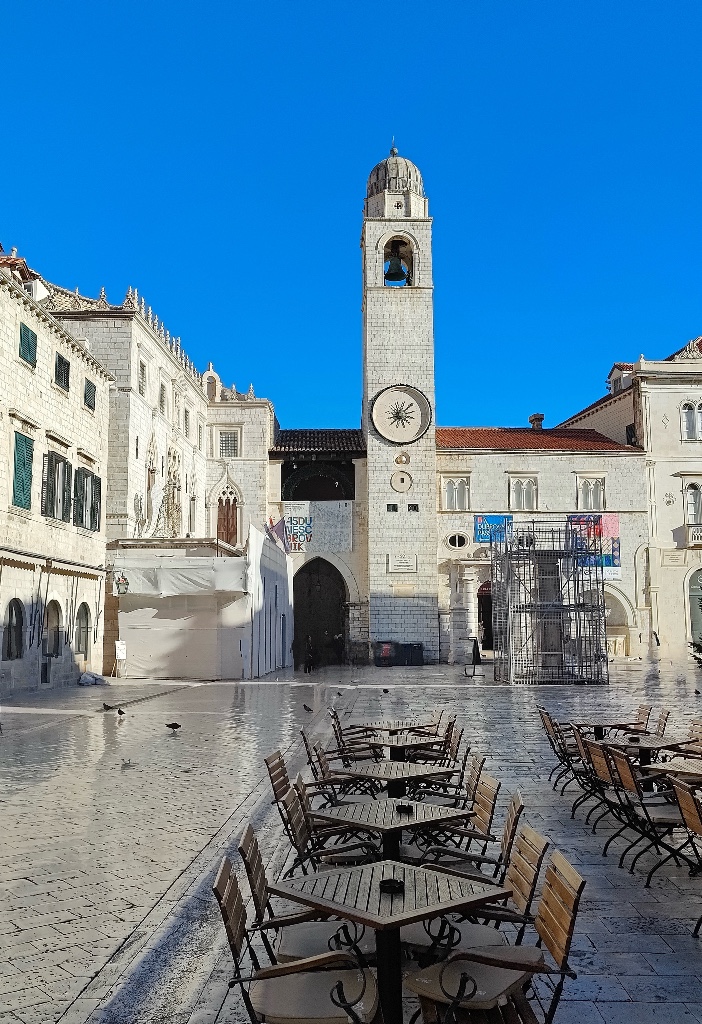
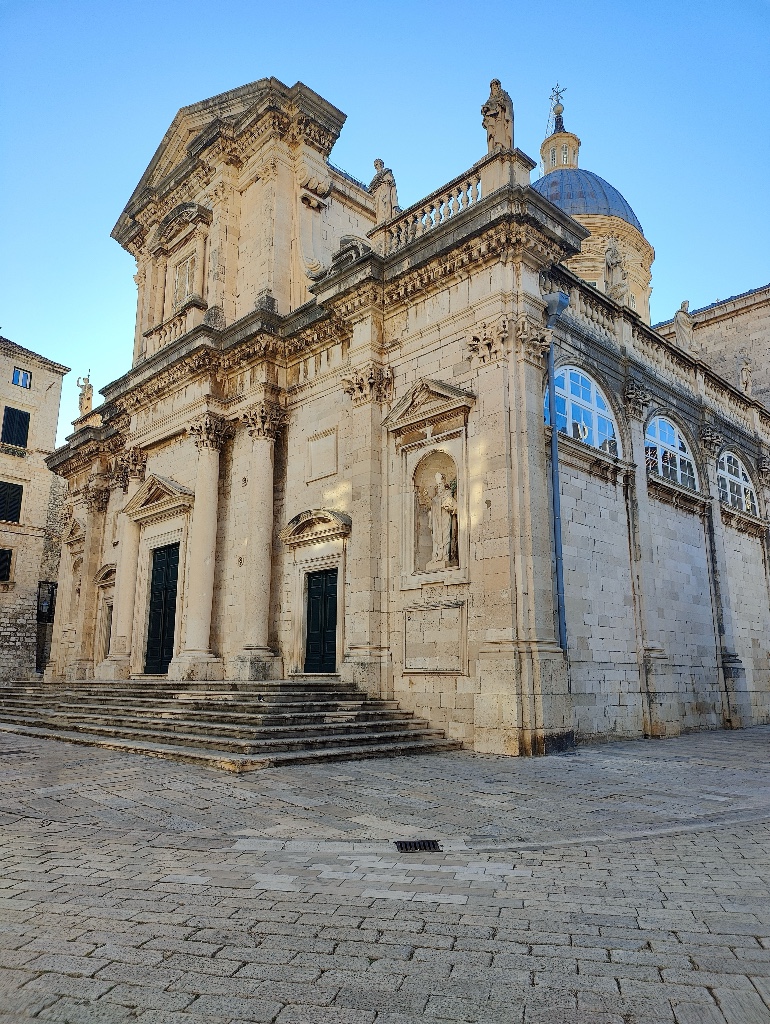
Opposite The palace in Luza Square is St. Blaise’s, an ornate Baroque church rebuilt in 1715 on the foundations of the original medieval church (1349), after it burned down in 1706.
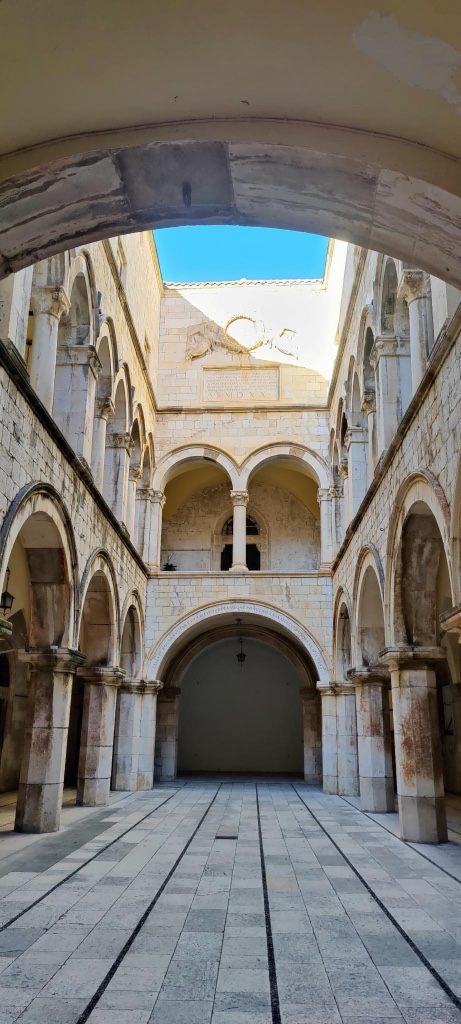
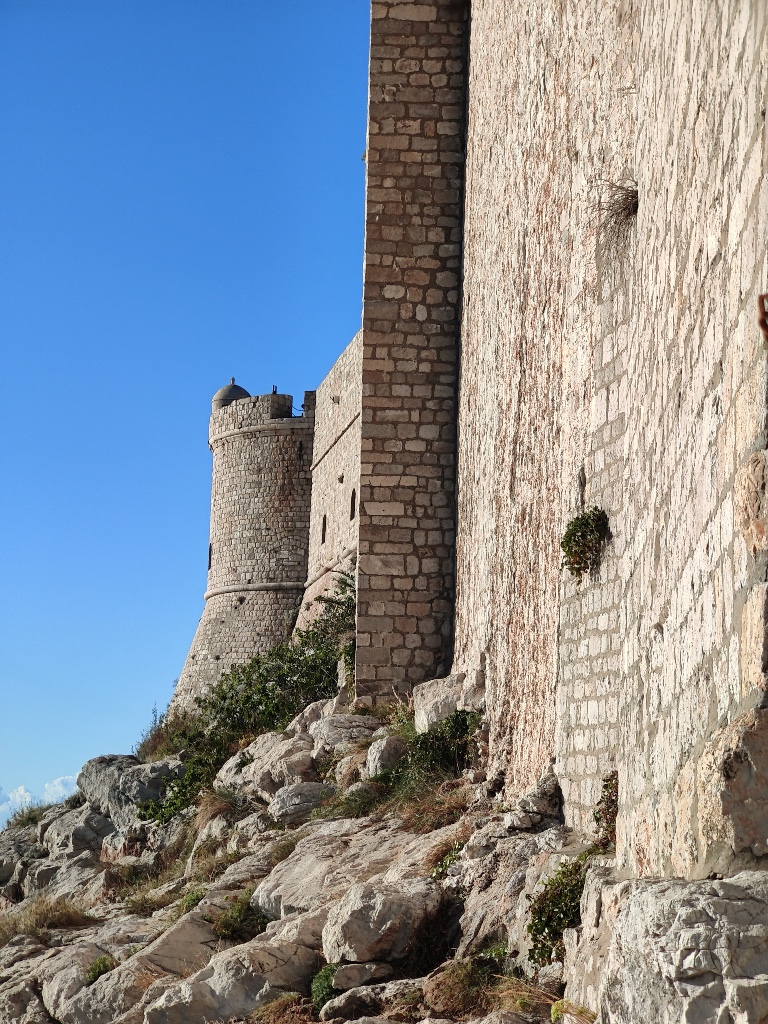
The walls of Dubrovnik are an uninterrupted course of 1,940 meters, constructed mostly during the 13th through the 17th centuries. The limestone walls encircle Old Town, reinforced by three circular and 14 quadrangular towers, five bulwarks and two angular fortifications by St. John’s. The walls were armed by 120 cannons, providing even greater defenses for this remarkable city. You can walk the entirety of the walls for a hefty fee of 35€, which takes approximately two hours; we opted to walk along the narrow alleyways and winding streets beneath the walls for free. There are small hidden cafes through openings of the walls with incredible views of the sea and Luka Tower.
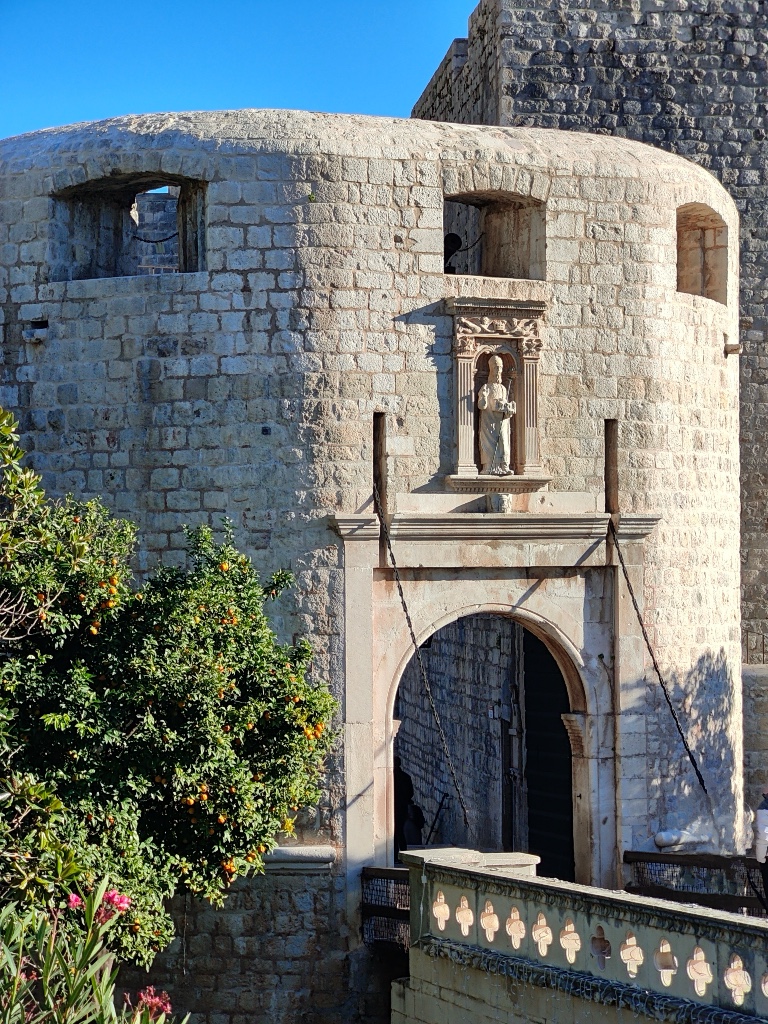
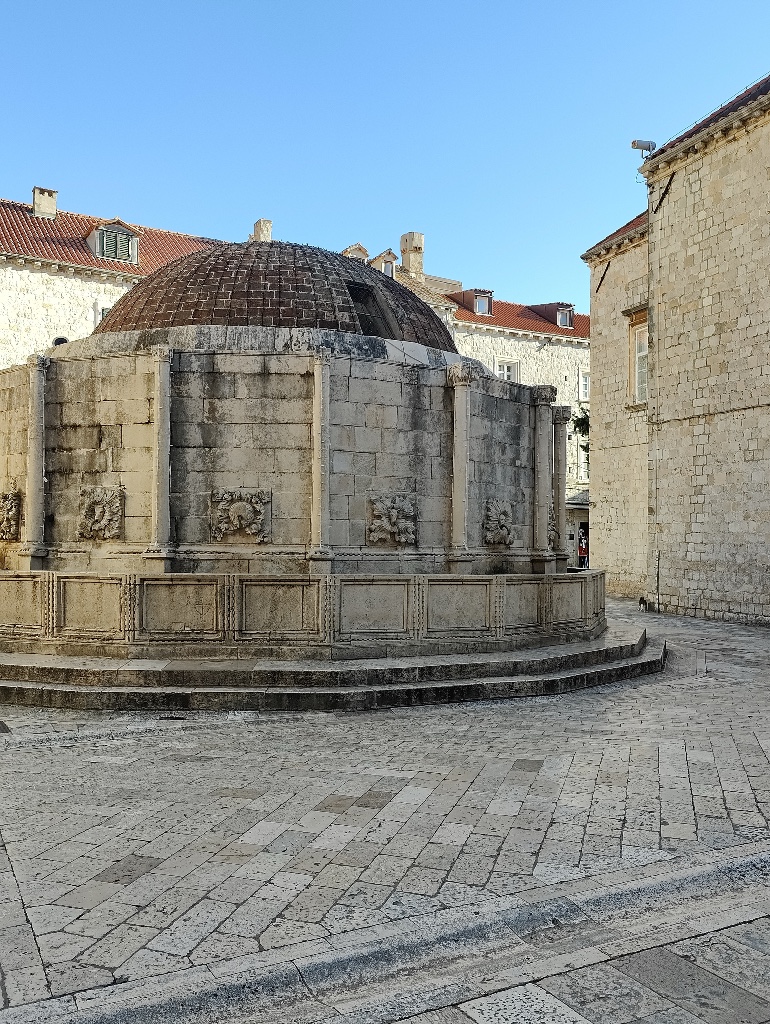
The Franciscian Church and Monastery is part of a large complex consisting of a friary, church, library and one of the oldest pharmacies in the world. The friary was started in 1317, but took centuries to complete. Parts of the complex were rebuilt several times mainly due to the earthquake of 1667. Ancient recipes of tinctures and cosmetics are available to purchase from the pharmacy still today.
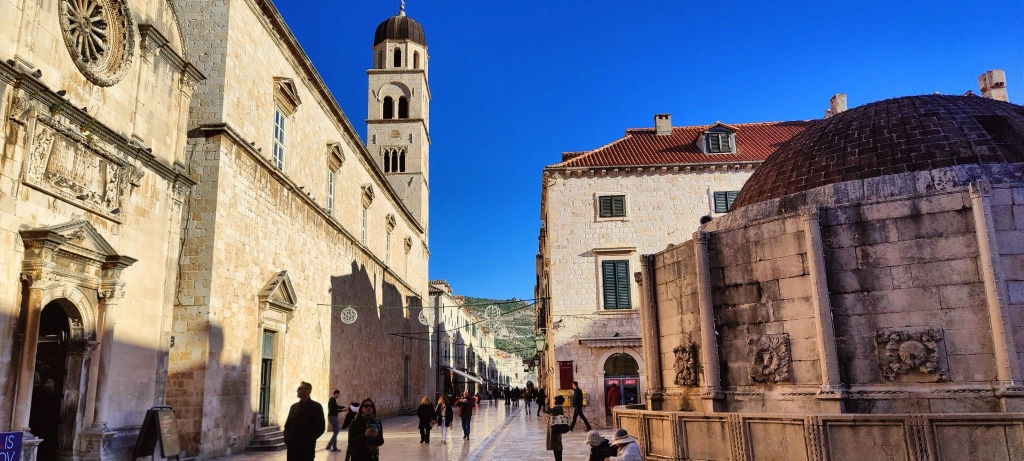
Across Stradun street from the friary is Onofrio’s Fountain; built by Onofrio della Cava in 1438, who is also responsible for building the aqueduct that feeds the fountain from a spring 12km away. The fountain still provides fresh water to the residents of Old Town, everyone is free to drink from the fountain.
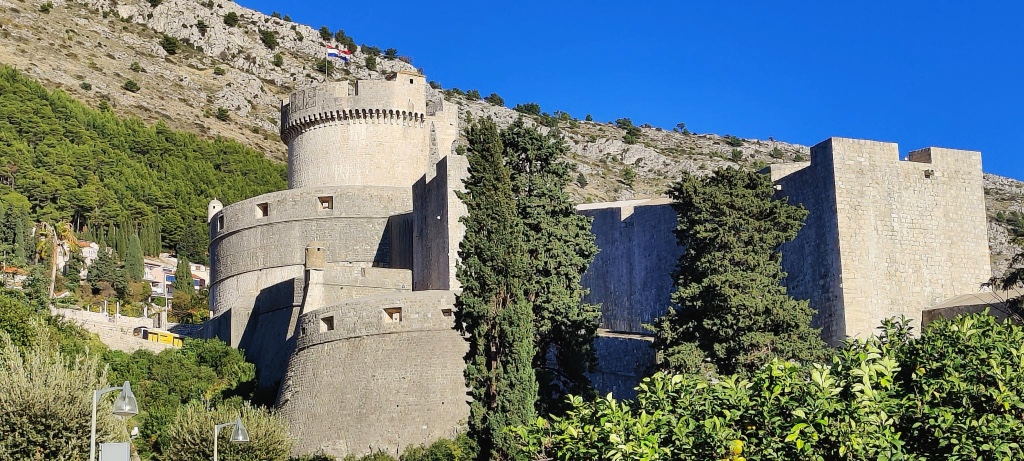
One of my favorite facts about Minceta Tower is during its construction in 1464, there was a shortage of stone. Anyone coming to Dubrovnik from Gruza or Ploca was ordered to bring a stone with them. The tower would not exist without the help of fellow visitors. The city is full of many marvels, like The Trsteno Aboretum (15th century) is one of the oldest arboretums in the world. Sadly we were unable to make it during our trip as the weather in December can be very wet and windy. Also of note, the orphanage of the monastery of St. Claire (1432), was one of the first in the world. During the earthquake of 1667, the monastery was severely damaged, killing two thirds of the nuns. St. Claire’s was rebuilt but later conquered by Napoleons forces and turned into a stable and ammunition base. It has since been converted into a restaurant and open air cinema.
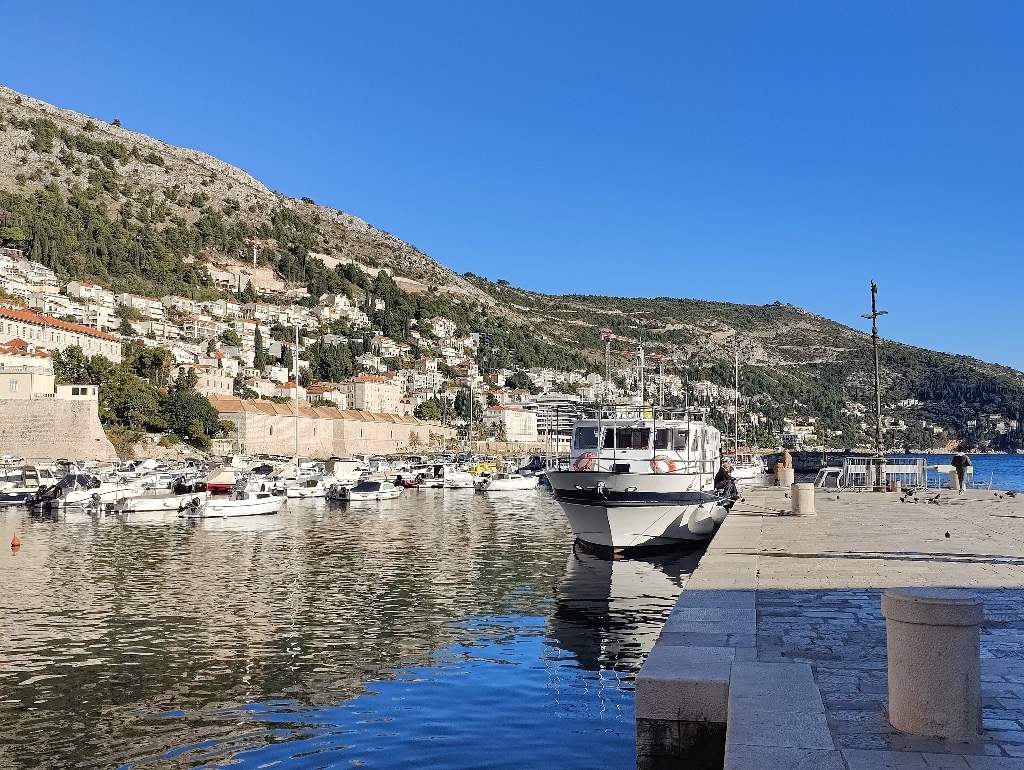
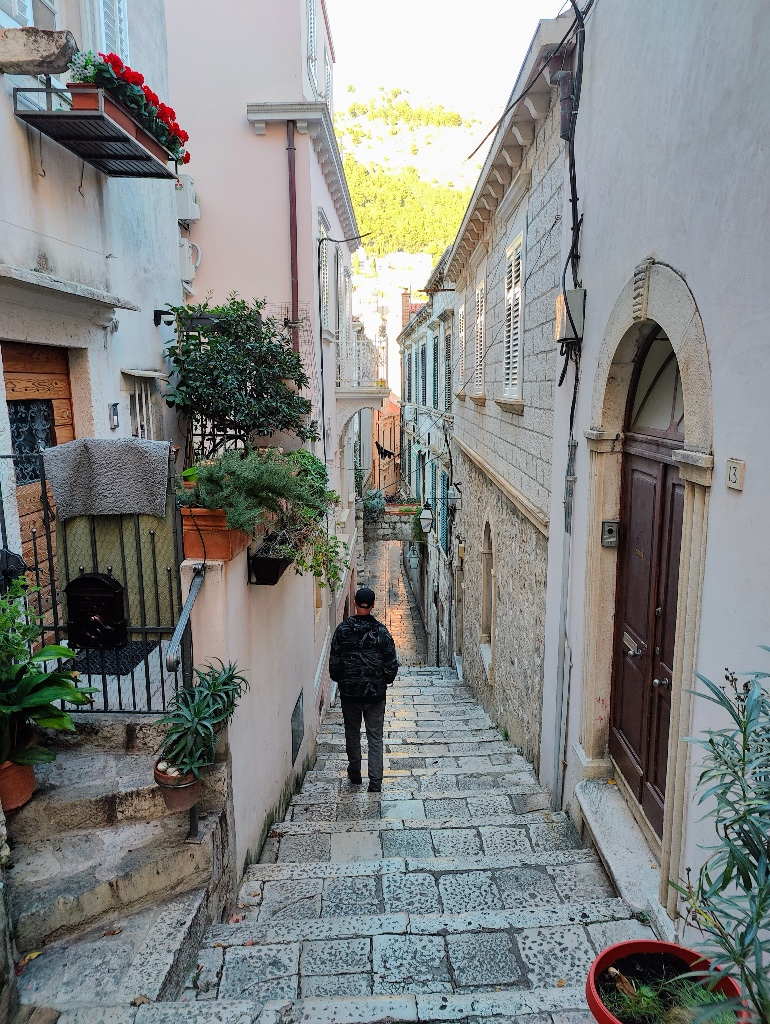
The food is good, albeit pricey throughout town. As the influx of tourists persist, so does the increasing costs of everything, to the lament of the locals. Some wonder if the small city of 40,000 can support such tourism long term.
Our favorite place in town was Ten 11, a small fast food place that made amazing pizzas, cevapi, burgers, and salads. The great thing about the fast food places here is everything is prepared fresh and with love. Chef was always smiling and asked if we enjoyed the food, nothing like the fare you get in an American fast food joint.

There is not lot to do in Dubrovnik off season as most everything is closed for the winter. There is of course a Christmas market if that is your thing, the locals love the holidays because it is a time of calm they can enjoy without the hordes of visitors. I can only imagine the claustrophobia felt being walled in with 100,000’s people. The greatest thing about visiting here in the winter is having a local vibe. Take time to enjoy the cafe culture and savor a delicious craft cocktail at one of the many cool places throughout town.
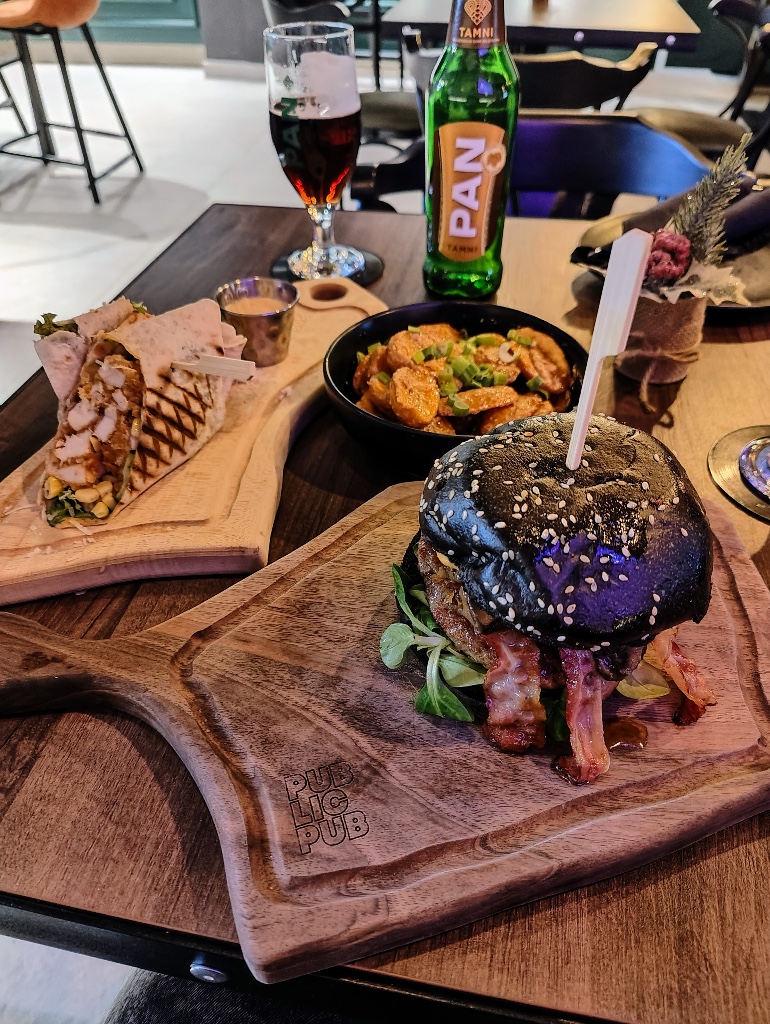
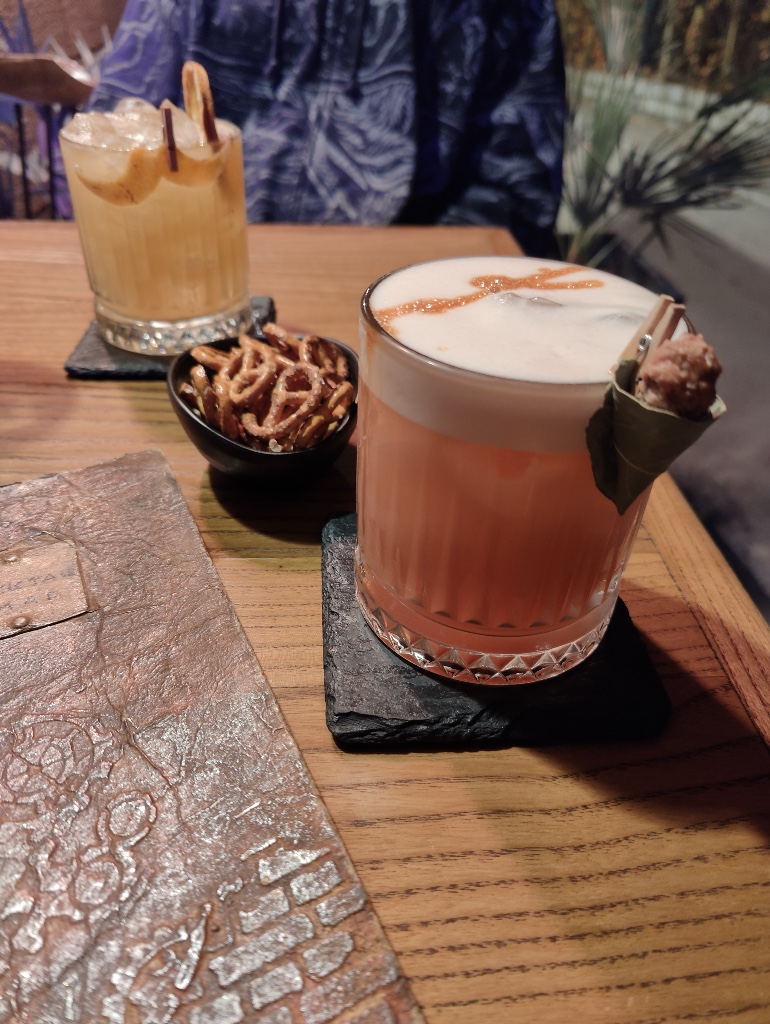
Another pastime to enjoy is the Promenada Lapad, offering exquisite panoramic views of the Adriatic and small rocky beaches along the way. There were people still swimming in December, as the water is warmer than the outside temps of 10c, although I imagine it being rather chilly when getting out. Plenty opt for fishing with their families instead, or like us enjoying a coffee at a terraced cafe overlooking the sea. We enjoyed our time here and were thankful that we chose off season, but it will be great to be back in a big city next month in Istanbul.
